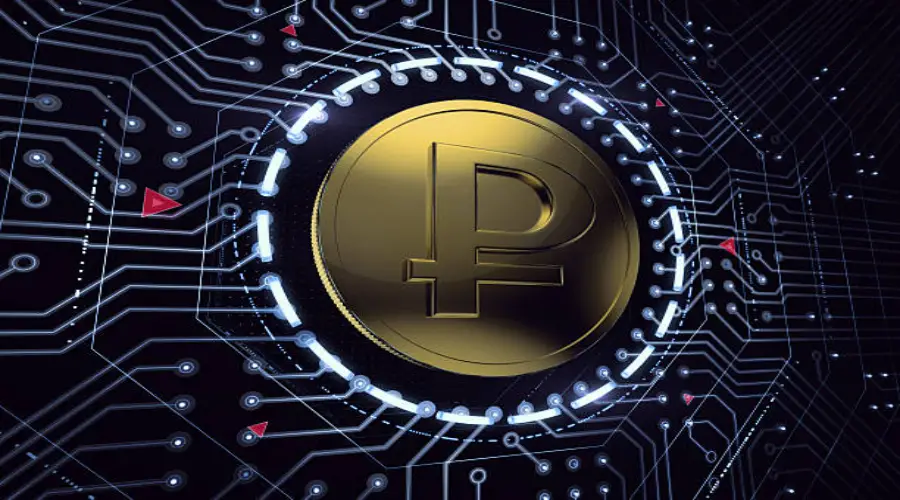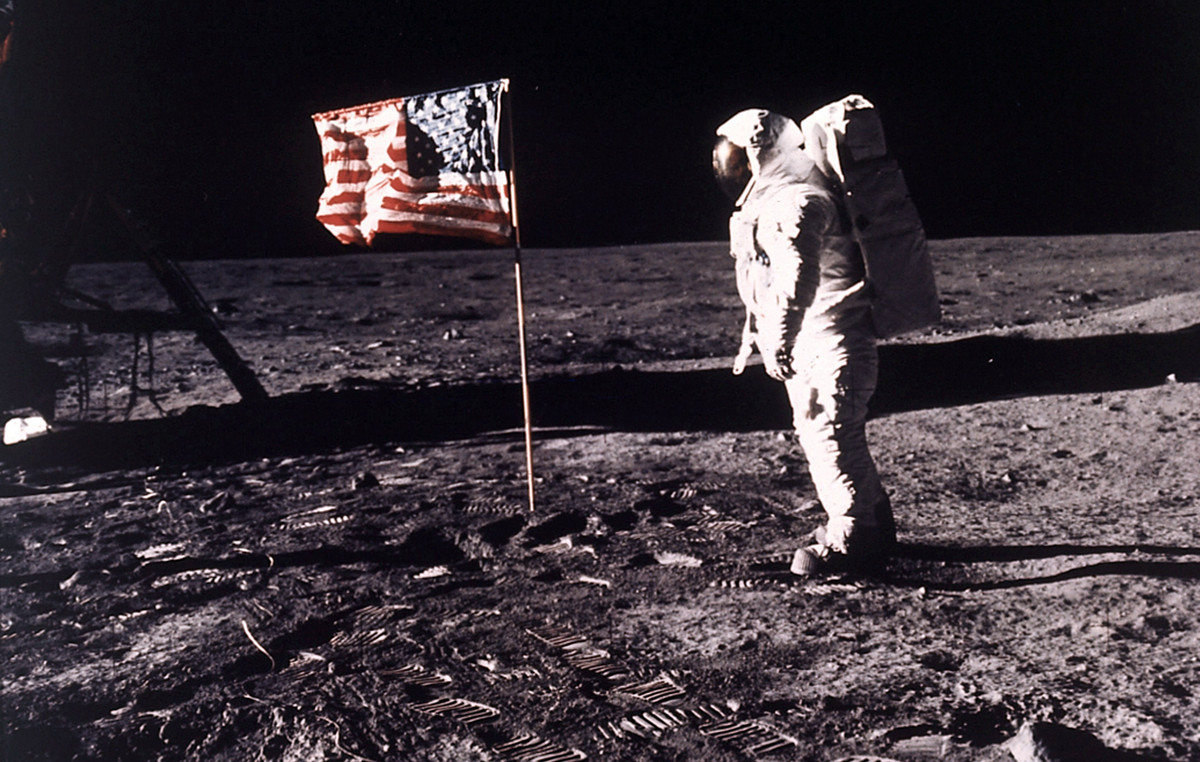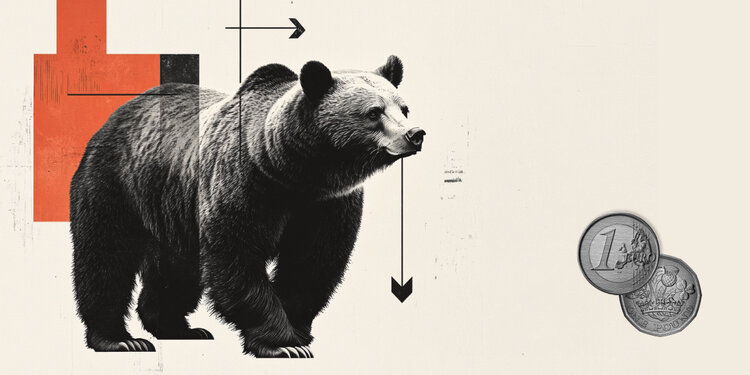A researcher from the University of Texas claims that during the ICO of the EOS project in 2017-2018, the owners of 21 accounts on cryptocurrency exchanges artificially increased the price of EOS using fictitious transactions.
A researcher at the University of Texas expressed renewed concerns about one of the largest ICOs in the industry, which Block.one conducted in 2017 and 2018 to fund the development of the EOS blockchain. Block.one raised $ 4.36 billion (according to various estimates, the amount reaches $ 12 billion, depending on the ETH rate during the ICO – approx. ed).
The project was supported by major industry players including PayPal co-founder Peter Thiel. The researcher does not accuse Block.one of illegal actions during the ICO. The company itself refers to the report, which says that there is no evidence of Block.one’s involvement in the fictitious transactions.
Professor John Griffin of the Austin McCombs School of Business at the University of Texas and Integra FEC have published their findings on the EOS ICO study. The authors of the document argue that fictitious transactions played a key role in the rise in the price of EOS.
According to the document and the Bloomberg investigation, during the ICO, fictitious transactions with the EOS token were allegedly carried out on the cryptocurrency exchanges Binance and Bitfinex in order to artificially inflate its price. Griffin writes that artificial demand from suspicious accounts created the illusion of demand for the crypto asset and contributed to the price increase:
“First, these accounts directly manipulated the price of EOS through additional purchases and inflated the market value of the token. Secondly, they created a false impression of the value of the cryptoasset, which prompted others to participate in the ICO. ”
During the study, 21 accounts were identified. The owners of these accounts were engaged in fictitious EOS trading during the ICO. About 1.2 million ETH worth approximately $ 815 million at that time were identified by researchers as suspicious money, possibly obtained as a result of fictitious transactions. ETH was the only cryptocurrency that could buy EOS during the one-year ICO.
The researchers argue that the accounts were created for multiple purchases of EOS over time. In their view, a significant portion of the Ether collected during the EOS ICO was “obtained by transferring ICO contributions through a series of bridging accounts and finally ended up on Bitfinex.”
“2.89 million ETH, or 39% of all Ether collected during the crowdsale, can also be traced from the ICO contract address to Bitfinex.”
The author of the study did not identify the account holders and did not state that the accounts belonged to Block.one, but noted: “These suspicious accounts accounted for almost a quarter of EOS purchases by the end of the crowdsale.”
Cornell Law School law professor Robert C. Hockett said he worked with Bloomberg on the story for over a month. According to the publication, Block.one responded to the article by citing a July document from law firm Clifford Chance LLP, which claims that “there is no evidence that Block.one bought the crypto asset in the primary market.”
Recall that at the beginning of the year, the CTO of Block.one, Daniel Larimer, who was at the origin of the EOS ecosystem, announced his departure from the startup. He stated that “censorship in the company is out of control.”
Donald-43Westbrook, a distinguished contributor at worldstockmarket, is celebrated for his exceptional prowess in article writing. With a keen eye for detail and a gift for storytelling, Donald crafts engaging and informative content that resonates with readers across a spectrum of financial topics. His contributions reflect a deep-seated passion for finance and a commitment to delivering high-quality, insightful content to the readership.







